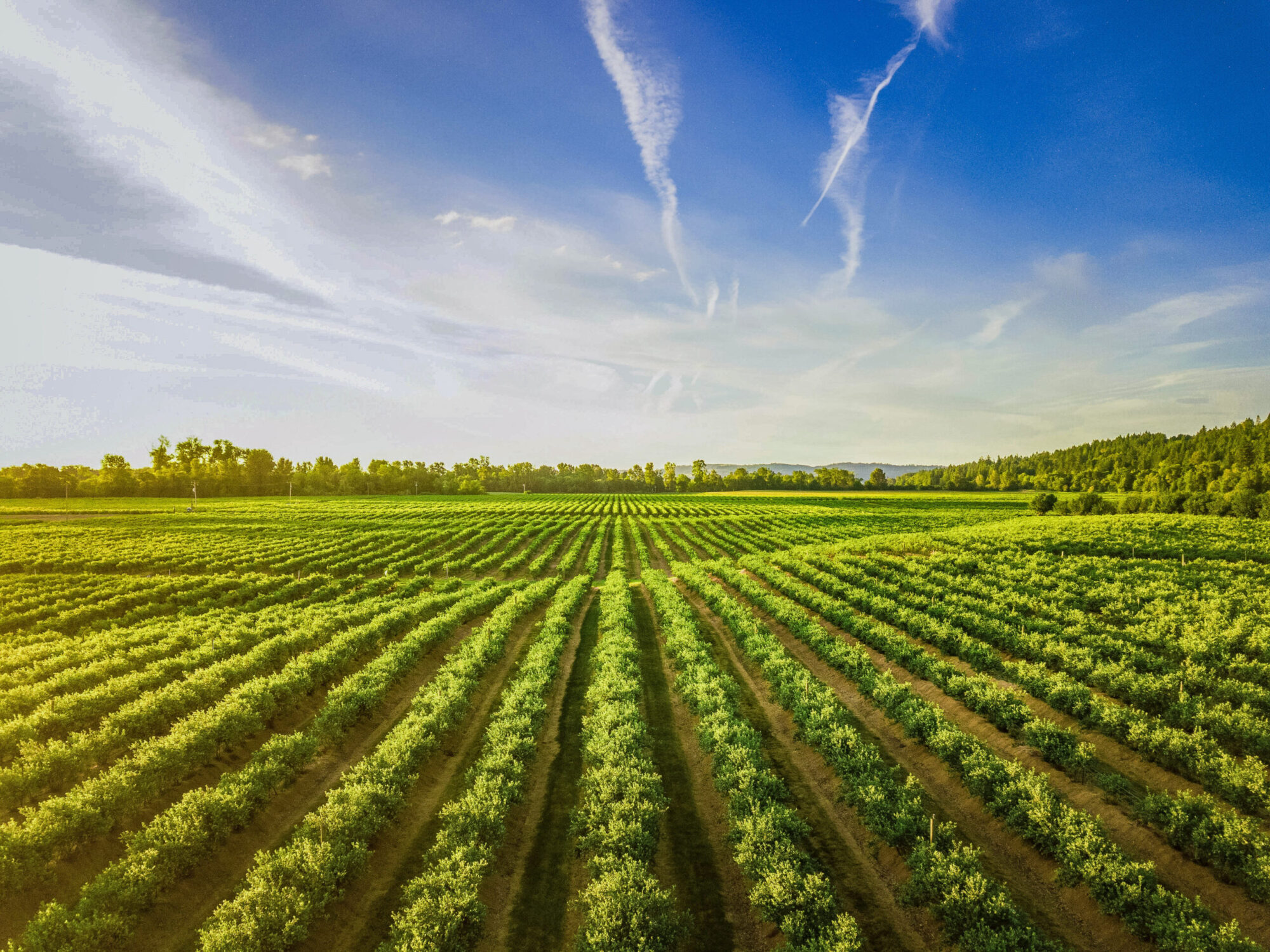Importance of Calcium as a Plant Nutrient and Kelzyme® Fossilized Sea Kelp as a Natural Source
Essential Plant Nutrient. Calcium (Ca+2) is a chemical element, the fifth most abundant in the earth’s crust (Wikipedia), that is essential to plant growth and structure. Calcium plays a role as “second messenger” in regulating various cellular and plant functions such as nutrient uptake and changes in cell status to help the plant react to the impact of environmental and disease stresses.
Calcium has many roles in plant physiology including the following (Smart! Fertilizer Management, 2015):
- Participates in metabolic processes for uptake of other elements (nutrients)
- Promotes proper plant cell elongation
- Strengthen cell wall structure by forming calcium pectate compounds which give stability to cell walls and bind cells together (the higher the calcium content in plants, the higher the concentration of pectins which hold the cells together to resist invasion by pathogens)
- Participates in enzymatic and hormonal processes
- Helps protect the plant against heat stress by improving stomata function and participating in induction of heat shock proteins
- Helps protect the plant against diseases through stronger cell walls to prevent invasion by bacteria and fungi
- Affects fruit quality
- Has a role in the regulation of the stomata.
Calcium Uptake, Availability, and Deficiency. Calcium uptake by the plant is passive and does not require energy input. Calcium mobility in the plant takes places mainly in the xylem and phloem, together with water. Therefore calcium uptake is directly related to the plant transpiration rate. Conditions of high humidity, cold, and low transpiration rates may result in calcium deficiency. If calcium mobility in plants is limited, calcium deficiency will appear in younger leaves (die back or burns) and in fruits (blossom end rot, bitter pit) because they have a very low transpiration rate. It is necessary to have a constant supply of calcium for uptake and for continued plant growth and health.
Calcium deficiency is usually caused either by low calcium availability or water stress (lack of adequate water supply) which results in low transpiration rates. The symptoms of calcium deficiency include curling of young leaves or shoots scorching or spotting on young leaves, poor growth, leaf tip burns, stunted roots, and damage to fruit.
End Rot in Tomatoes and Curling in Young Leaves. Calcium tends to form insoluble compounds with phosphorus (for example, when soil pH is high) making calcium as well as phosphorus more unavailable to plants. Calcium deficiency leads to deterioration of cell membranes causing the cells to become leaky resulting in the loss of cellular compounds and eventually death of the cells and plant tissue. This may be partly overcome by supplying additional calcium to the soil.
Calcium and Crop Quality. Calcium plays a major role in the quality of many crops. Following is a partial list of fruit and vegetable crops impacted by calcium nutrition (Patterson, undated).
| CROP | CONDITION AFFECTING FRUIT OR VEGETABLE QUALITY |
| Apples | Bitter pit, Cork spot, Cracking, Internal brownspot, Senescent breakdown, Water core |
| Beans | Hypocotyl necrosis |
| Brussels Sprouts | Internal browning |
| Cabbage | Internal tipburn, Club root |
| Carrots | Cavity spot |
| Celery | Blackheart |
| Peppers | Blossom end rot |
| Tomatoes | Blossom end rot |
| Watermelon | Blossom end rot |
| Potatoes | Internal browning, Hollowheart, Storage disorders, Low solids, Skin quality |
Kelzyme® Fossilized Sea Kelp as a Calcium Source. Kelzyme® Fossilized Sea Kelp is an OMRI listed calcium and trace mineral supplement (100% natural fertilizer) for use in organic fruit and vegetable production. This product is mined at a deposit in Mill City, Nevada (about 900 meters square and 500 meters deep), site of an ancient seabed. The label indicates a composition of 35% minimum to 40% maximum calcium, 0.2% magnesium, 1,000 ppm iron, and 200 ppm manganese. Iodine is about 1.33 ppm. Moisture is low, about 0.91%. The product is composed of about 68.3% calcium carbonate (CaCO3) and 31.7% calcium oxide (CaO) based on September 8, 2014 assay at The University of Utah, Metallurgical Engineering Department. It is for use in vineyards, orchards, row crops, vegetables, flowers, shrubs, trees, turf, and landscape. The physical form is micronized powder at 600+/- mesh particle size or 3/16” particle size. The pH is about 9.49. Guaranteed analysis for N-P-K-Ca is 0-0-0-35 (minimum). Packaging is in 4 lb bags, 8 lb bags, 35 lb and 50 lb buckets as well as 1000 lb and 2000 lb totes.
Recommended application rates (by hand, machine, or broadcast spreader) for different plants are listed below:
| Plant | Application Rate |
| Newly established turf and landscape | Spread 15-30 lb per 1,000 sq. ft |
| Established turf and soil | Apply 7-15 lb per 1,000 sq. ft (305-610 lb/acre). Continue to reapply every 3-6 months throughout the growing season, as needed. |
| Field crops | Apply 7-14 lb per 1,000 sq. ft (436-872 lb/acre). Continue to reapply to the soil as needed. |
| Root crops (root vegetables, brassicas, lettuce) | Apply 1-20 lb per 1,000 sq. ft. Continue to reapply no more than once a year to soil. |
| Trees, shrubs, and flowers | Apply 1-2 cups to the soil near base of small plants, trees, and shrubs. Increase applications for larger plants. Use up to 20 lb per 1,000 sq. ft. Apply twice yearly in the spring and the fall. |
| Vineyards | Apply 1-2 cups to the soil near the vine trunk/root area. Use up to 12-18 lb per 1,000 sq. ft (523-1,046 lb/acre) |
Contact Information:
Kelzyme® Research & Development Center, LLC
1000 Highway 400, Mill City, Nevada 89418
Phone: (775) 302-2588
Fax: (775) 302-2530
Email: info@kelzyme.com
References:
Source: Smart! Fertilizer Management
Blankenau, Klaus. November 18, 2003. “Calcium in Soil and Plant”. Research Centre, Hanninghof, Germany. Yara International. PDF file, 91 pp.
Click to access Palestra%20Klaus%20Blankenau%20e%20Jo%C3%A3o%20Ma%C3%A7as.pdf
“Calcium”, Wikipedia.
“Calcium deficiency (plant disorder)”, Wikipedia
Garden Vigor, May 19, 2010. “The Basics of Soil Calcium and Sulfur”. http://www.gardenvigor.com/news.aspx/the-basics-of-soil-calcium-and-sulfur
Midwest Laboratories, Inc. June 2, 2014. Omaha, NE. Report of Analysis. 2 pp.
Norton, Robert. Undated. International Plant Nutrition Institute. “Focus on Calcium – Its Role in Crop Production. PDF file, 5 pp. http://anz.ipni.net/ipniweb/region/anz.nsf/0/7CB9355A693450E4CA257B0C001F11FE/$FILE/R%20Focus%20on%20Calcium%20%E2%80%93%20Ballarat%20Advisor%20Update%202013.pdf
Patterson, Greg. Undated. Certified Crop Advisor, “Calcium Nutrition in Plants”; http://ccaontario.com/FCKEditor/File/Calcium%20Nutrition%20in%20Plants.pdf
Smart! Fertilizer Management, 2015. “Calcium in Plants and Soil”. http://www.smart-fertilizer.com/articles/calcium-in-plants
Smith, York R. September 8, 2014. College of Mines & Earth Science, Metallurgical Engineering Department, The University of Utah, Salt Lake City. Calcium oxide determination of carbonate powder. 1 page.
Soil Control Lab, September 4, 2014. Watsonville, CA. Chemical Properties of Nutrients and Metals. 3 pp.

